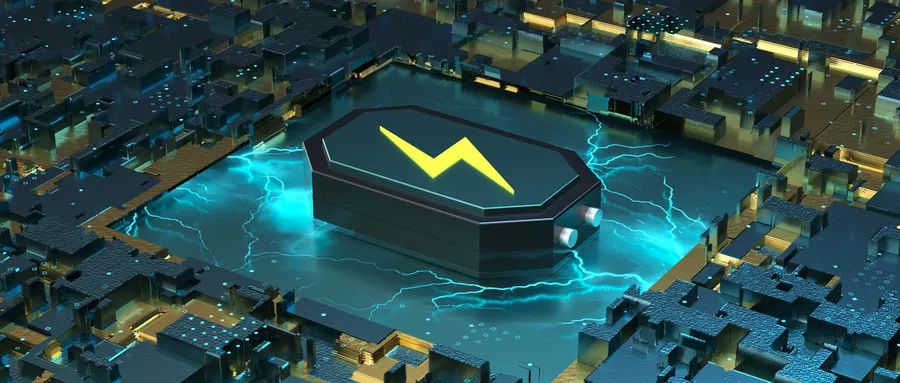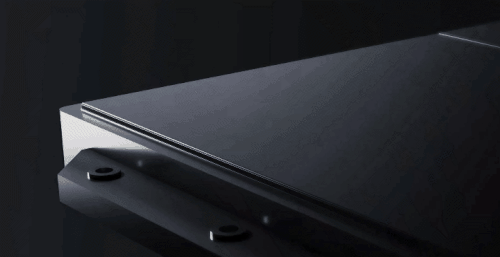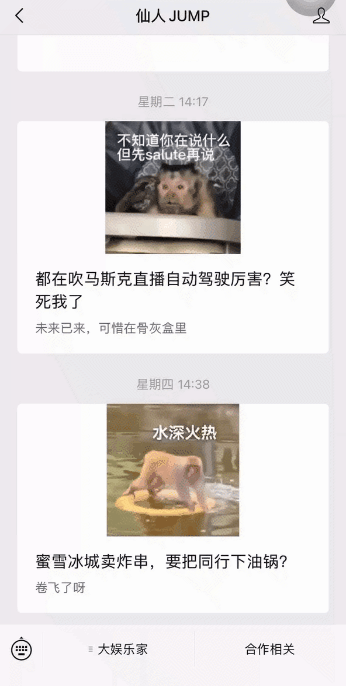html
The Future of EV Batteries: CATL’s Groundbreaking Innovations
“The electric vehicle (EV) revolution is not just about cars—it’s about redefining how we store and use energy. CATL’s latest innovations are a game-changer, offering unprecedented speed, range, and sustainability.”
1. CATL Redefines Battery Technology with Three Revolutionary Products
The global EV industry was stunned when CATL, the world’s leading battery manufacturer, recently unveiled three groundbreaking battery technologies:
- 2nd-Generation Shenxing Ultra-Fast Charging Battery
- Naxin Sodium-Ion Battery
- Xiaoyao Dual-Core Architecture Battery
These innovations are not just incremental upgrades—they represent a quantum leap in energy storage. Imagine cavemen fighting with sticks and stones suddenly witnessing a futuristic ion cannon. That’s how disruptive CATL’s advancements are to the current battery landscape.

2. 2nd-Generation Shenxing Ultra-Fast Charging Battery: Shattering Limits
2.1 Unprecedented Speed and Range
The 2nd-Generation Shenxing battery combines 800 km (497 miles) of range with a peak 12C ultra-fast charging rate. To put this in perspective:
- 12C charging means theoretically achieving a full charge in 5 minutes (1/12 of an hour).
- In real-world conditions, it charges 520 km (323 miles) in 5 minutes—equivalent to refueling a gas car but without emissions.
This defies the conventional trade-off between fast charging and high energy density. Traditionally, improving one metric weakens the other, like asking Usain Bolt to win a marathon and an F1 race simultaneously. CATL, however, has rewritten the rules.

2.2 Cold Weather? No Problem
Even at -10°C (14°F), the Shenxing battery charges from 5% to 80% in 15 minutes—100% faster than current industry standards. Imagine stepping out of a restroom during a winter road trip to find your EV fully charged. CATL doesn’t just power cars; it restores driver confidence in extreme conditions.
2.3 Technical Breakthroughs
- Supercrystalline Graphite: Enhances lithium-ion embedding speed by optimizing surface particles at the sub-micron level.
- Smart Electrolyte: Uses nano-level liquid-phase transmission to build efficient SEI films, boosting charging efficiency and cycle life.
3. Naxin Sodium-Ion Battery: Ending Lithium Dependency
3.1 Why Sodium?
Lithium resources are scarce (0.0065% of Earth’s crust), while sodium is abundant (2.74%). CATL’s sodium-ion battery reduces reliance on lithium, cuts costs, and democratizes energy storage.

3.2 Performance That Rivals Lithium
- 175 Wh/kg Energy Density: Matches mainstream lithium iron phosphate (LFP) batteries.
- -40°C (-40°F) Operation: Retains 90% capacity in extreme cold, solving winter range anxiety.
- 10,000+ Cycles: Outlasts most lithium batteries.
- Inherent Safety: Survives nail penetration, sawing, and crushing without fire or explosion.
3.3 Applications
- Passenger Cars: 500 km (311 miles) range for EVs; 200 km (124 miles) for hybrids.
- Commercial Vehicles: 24V truck batteries with 8-year lifespan and 61% cost reduction vs. lead-acid alternatives.

4. Xiaoyao Dual-Core Architecture: The Ultimate Flexibility
4.1 How It Works
The Xiaoyao battery splits the pack into two independent energy zones:
- Main Zone: Handles daily driving.
- Boost Zone: Activates for long trips or high-power demands.
This architecture adapts to driving habits, weather, and terrain. For example:
- “Sodium-Iron” Combo: Sodium batteries handle cold climates; iron-phosphate batteries extend range.
- “Iron-Iron” Combo: Achieves 1,000 km (621 miles) range for mid-size EVs.
- “Ternary-Iron” Combo: Delivers 1 MW power output for off-road vehicles.

4.2 Self-Healing Anode Technology
CATL’s proprietary anode allows lithium/sodium to deposit directly on collectors, bypassing traditional graphite. This boosts energy density by 60% in volume and 50% in weight, while enabling rapid charging.
4.3 Safety Redefined
- Five Redundancies: Dual high/low-voltage systems, structural reinforcement, thermal management, and safety protocols.
- Aerospace-Level Reliability: Even if one zone fails, the other ensures continued operation.

5. CATL’s Vision: Reshaping Global Energy Infrastructure
5.1 Beyond EVs
CATL’s innovations aren’t limited to cars. Their batteries could power ships, drones, and even space exploration. By solving energy storage challenges, CATL is redefining how humanity generates, stores, and consumes power.
5.2 Market Impact
- Cost Reduction: Sodium-ion batteries could replace 30-50% of lithium-based applications by 2035, slashing raw material costs.
- Global Leadership: CATL holds 37.9% of global EV battery market share and 36.5% of energy storage systems.
5.3 Sustainability
CATL aims for carbon neutrality in core operations by 2025 and full value-chain neutrality by 2035, aligning with global climate goals.
6. What This Means for Consumers
- Longer Range, Lower Costs: EVs will become cheaper and more accessible.
- No More Compromises: Buyers no longer need to choose between safety, range, or performance.
- Resale Value: Cars with CATL batteries may command higher prices in the used market.
7. Conclusion
CATL isn’t just leading the battery industry—it’s reimagining the future of energy. From sodium-ion breakthroughs to dual-core architectures, their technologies are solving problems we didn’t know we had. As the world transitions to renewables, CATL’s innovations ensure that energy storage keeps pace with human ambition.
The message is clear: When you see “CATL Inside,” you’re not just buying a battery—you’re investing in the backbone of tomorrow’s energy ecosystem.
